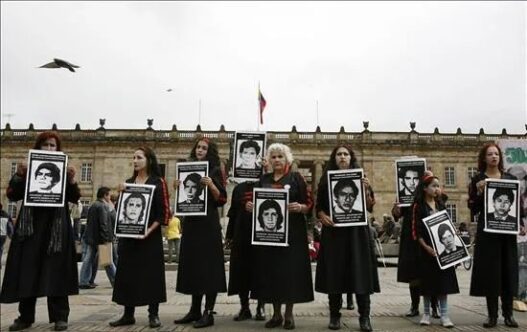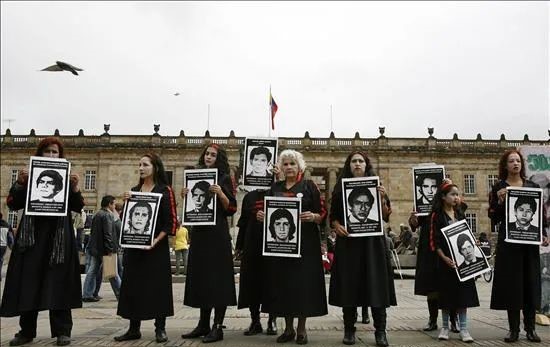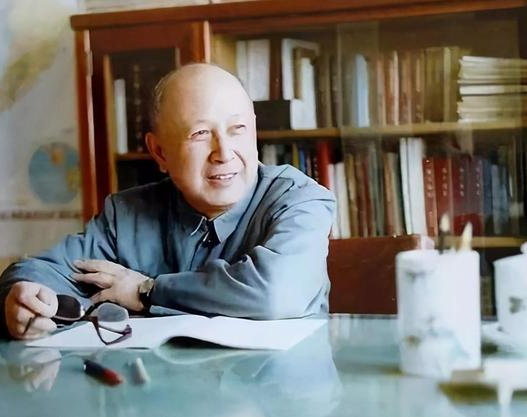In February 2024, the United Nations released an alarming report revealing a grim discovery at Bogotá’s El Dorado International Airport. Over 20,000 unidentified corpses were found in the airport’s storage facilities, sparking global outrage and confusion. The news raised haunting questions about how such a large number of bodies ended up in the airport.
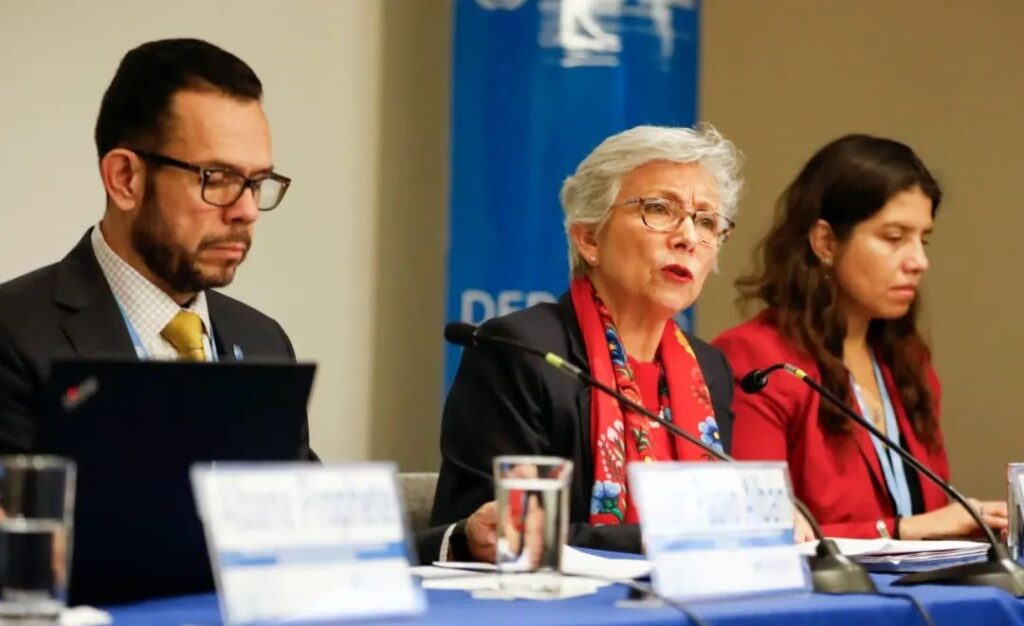
A Shockingly Mysterious Discovery
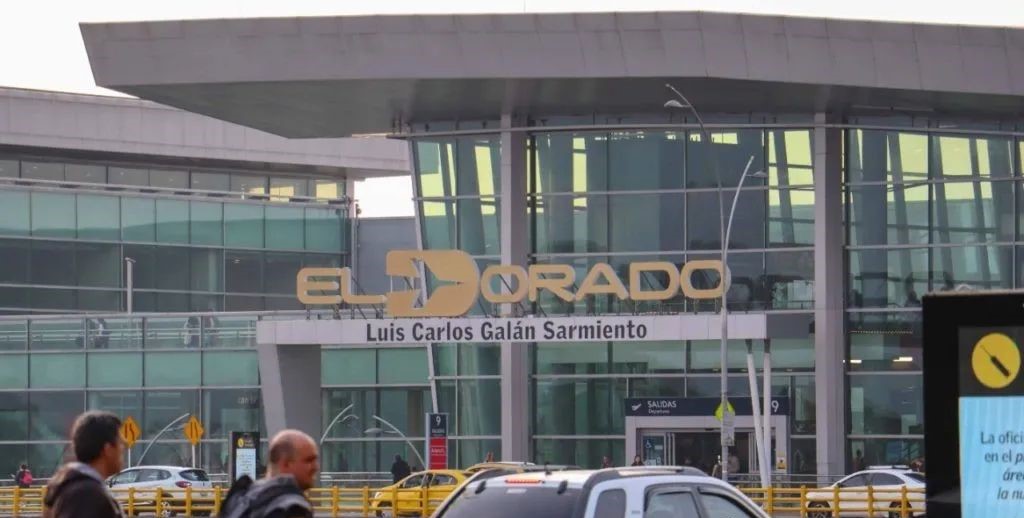
The discovery was made by the UN Committee on Enforced Disappearances (CED) during its recent investigation in Colombia. However, both airport authorities and the Colombian government have denied knowledge of the bodies. The government claimed that after inspecting 27 storage areas, no bodies were found, fueling suspicion and conspiracy theories. Was this the aftermath of a large-scale massacre or terrorist attack? Or was it a cover-up for something far more sinister?
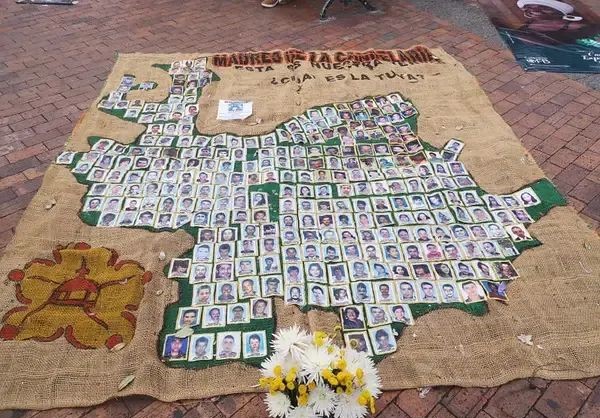
Forced Disappearances in Colombia: A Dark Legacy
As the CED investigates cases of enforced disappearances, the situation in Colombia is deeply troubling. For decades, many Colombians have disappeared due to armed conflict, drug cartels, and government crackdowns on rebels. These disappearances have become so common that they are considered a tragic part of everyday life in Colombia. Families search desperately for their loved ones, hoping for justice that often never comes.
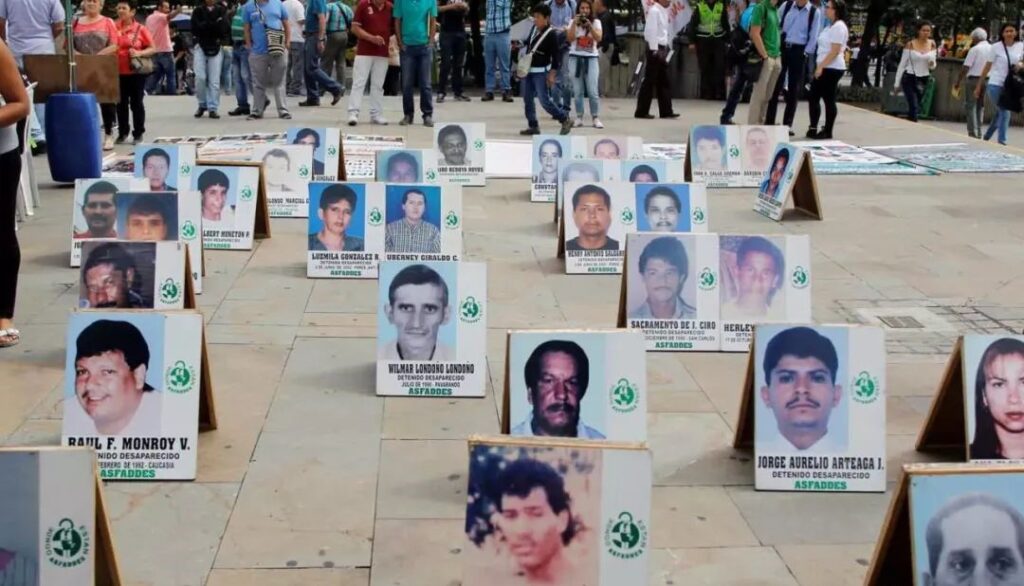
The bodies found at Bogotá’s airport are likely victims of this deep-rooted tragedy. Many were likely tortured, murdered, and secretly buried. Some may have been left at storage facilities like the airport. The lack of reliable records makes it nearly impossible to know the exact number of victims. Estimates range from 98,000 to 200,000 people missing across Colombia, which has a population of 52 million.
Families Left in Despair
Consider Anette, a woman whose 27-year-old sister was forcibly disappeared by the Colombian military in 1987. For three long years, Anette and her father searched for her, without any answers. Eventually, with the help of a lawyer, they discovered that her sister had been murdered and buried in a small village near Bogotá. Despite finding her sister’s body, they never saw justice.
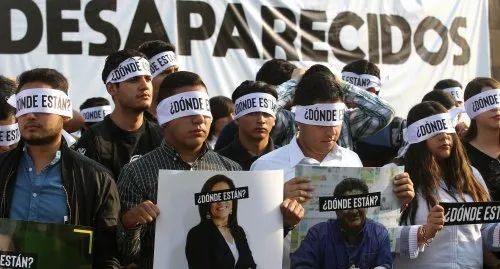
Similarly, Maria and her husband’s son, Alexis, disappeared in 2021 after leaving to deliver a Christmas lights order. He never came back. Despite visiting morgues, hospitals, and prisons, the family found no trace of Alexis. They even reported his disappearance to the authorities, but there was no investigation. The last time Alexis was seen was in a small town in southern Colombia. His family walked the streets, showing his photo, hoping someone had seen him. They even bought radio ads and sought the help of a local priest, but Alexis was never found.
Such disappearances are all too common near the Colombian-Venezuelan border, an area rife with violence and instability. Local residents often say that people can disappear without a trace, as if by magic. In a country where disappearance is so common, families are left in agonizing uncertainty, unable to get any answers.
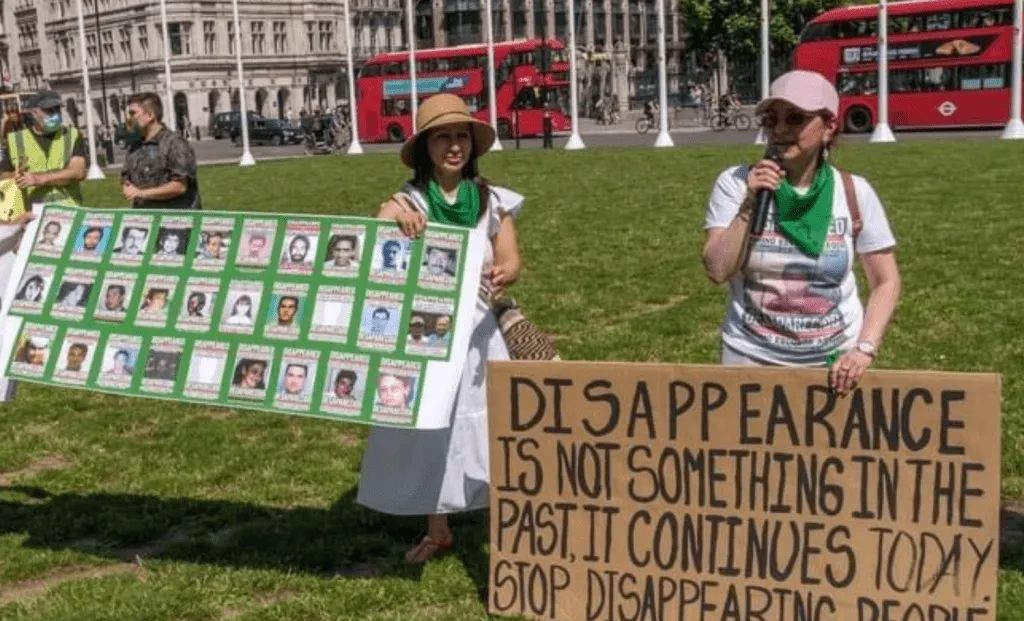
Government Inaction and Systemic Failure
The Colombian government has long been criticized for its inability to address the epidemic of forced disappearances. Cases are often closed prematurely without investigation. In areas controlled by illegal armed groups, the government’s presence is weak or nonexistent. Corruption and lack of coordination between agencies make it nearly impossible for families to get help.
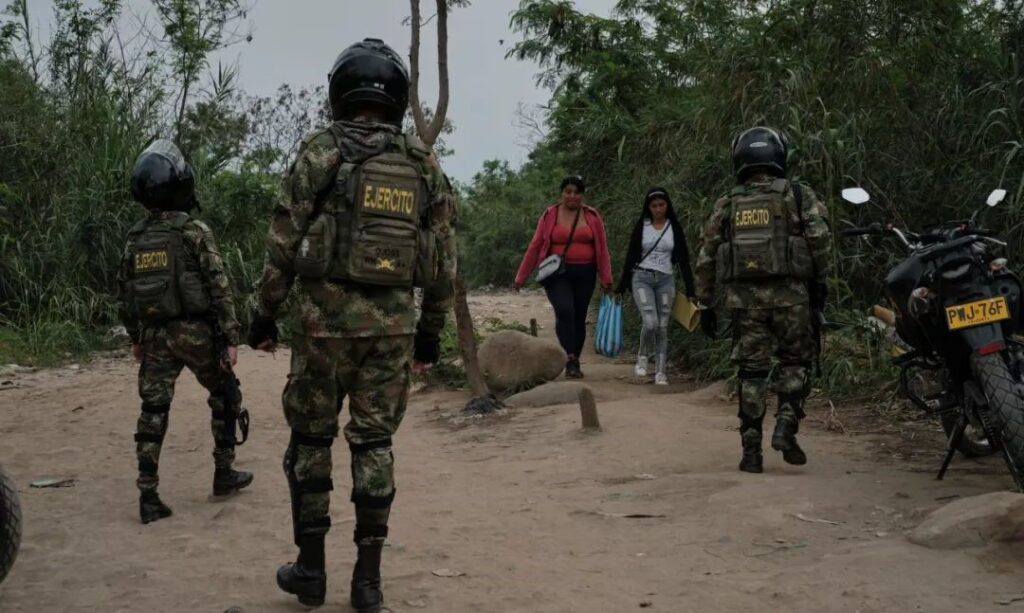
Despite efforts by human rights organizations, many families report that they are given vague or unhelpful answers when they reach out to authorities. The government itself has admitted that meetings between agencies occur frequently, but little action results. Families are left with only two options: either they abandon their search or continue fighting a system that seems intent on ignoring them.
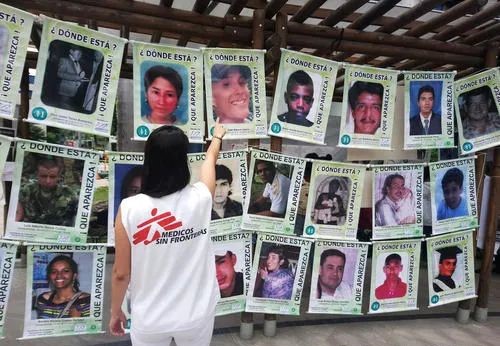
The Ongoing Humanitarian Crisis
The recent UN report on the discovery of over 20,000 bodies at Bogotá’s airport is a stark reminder of the ongoing crisis in Colombia. Despite this revelation, Colombia remains deeply affected by human rights violations, and forced disappearances continue unabated. The bodies at the airport are just a glimpse into the larger, systemic issue that has plagued the country for decades.
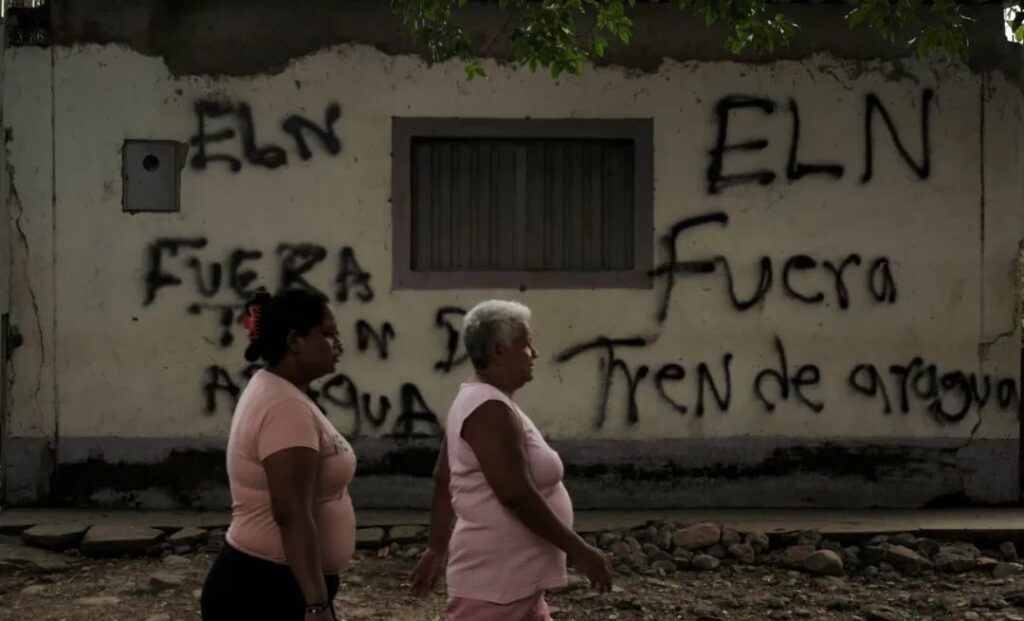
Colombia’s problem with forced disappearances is not limited to large-scale massacres or terrorist attacks. It is the quieter, more insidious problem of people vanishing without a trace, often with no justice or accountability. The UN investigation has brought this issue back into the international spotlight, but the path to justice remains a distant hope for many.







